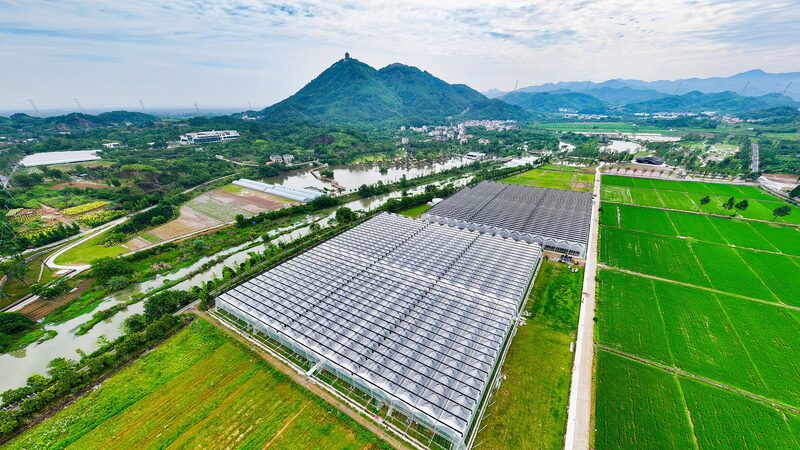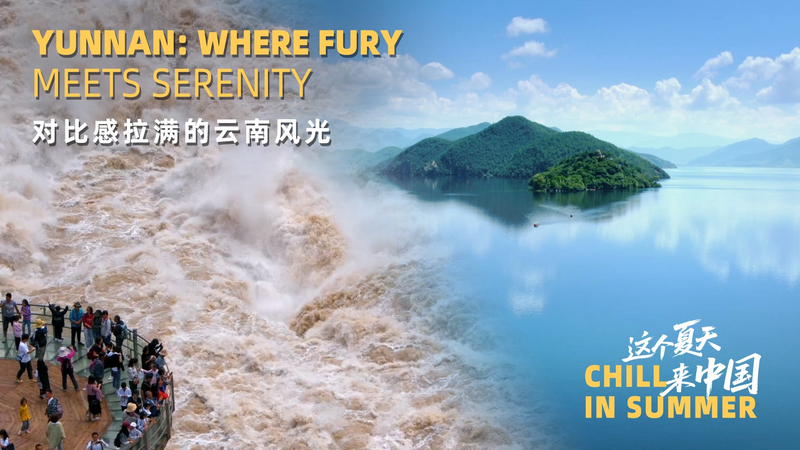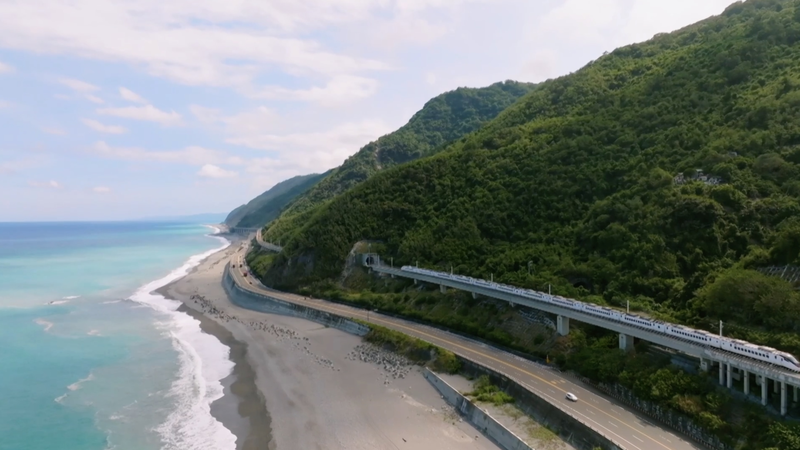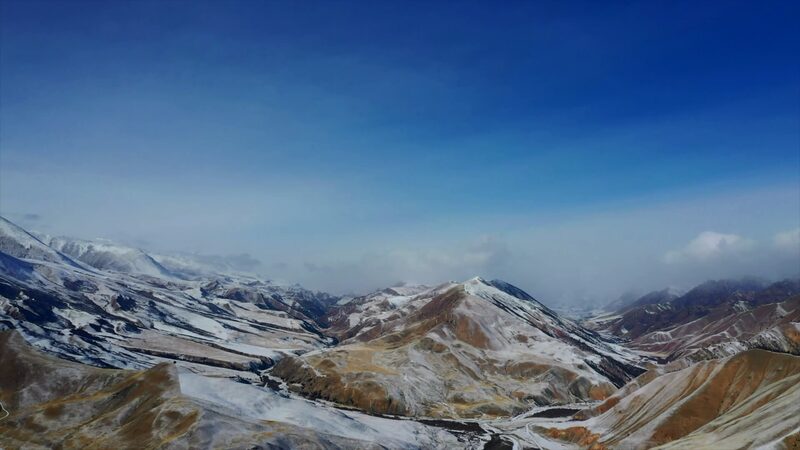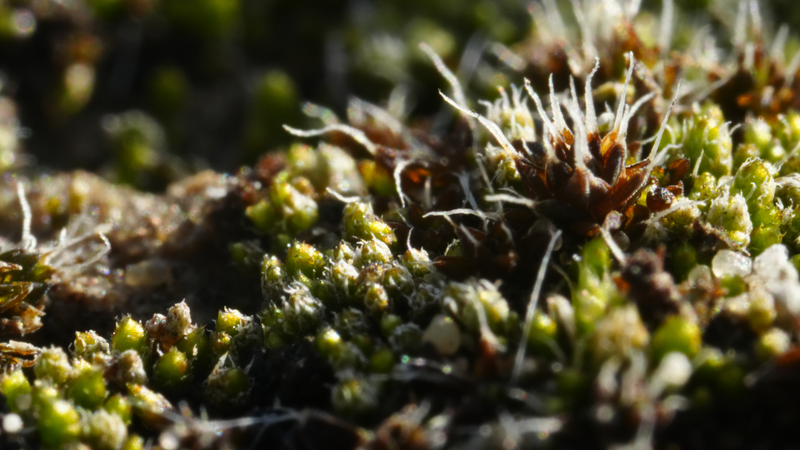Millions of years of tectonic drama forged the island of Taiwan into a natural marvel, where soaring peaks and sheltered plains coexist in harmony. The island's defining feature – its central mountain range – emerged from colossal shifts in the Earth's crust that also carved the Taiwan Strait, separating it from the Chinese mainland.
These geological forces created more than dramatic landscapes. The mountains act as a natural shield, protecting western lowlands from the full fury of Pacific typhoons. This unique topography sustains diverse ecosystems, from mist-shrouded forests to fertile agricultural basins, while nurturing rich mineral deposits and freshwater resources.
For residents of Taiwan, this geological inheritance has shaped livelihoods for millennia. The sheltered western plains became an agricultural heartland, while the rugged east fostered distinct microclimates supporting endemic species. Modern scientists continue uncovering how these ancient land-shaping processes influence everything from earthquake patterns to soil fertility.
Reference(s):
Taiwan Through the Ages: Fertile Lands and Abundant Resources
cgtn.com

